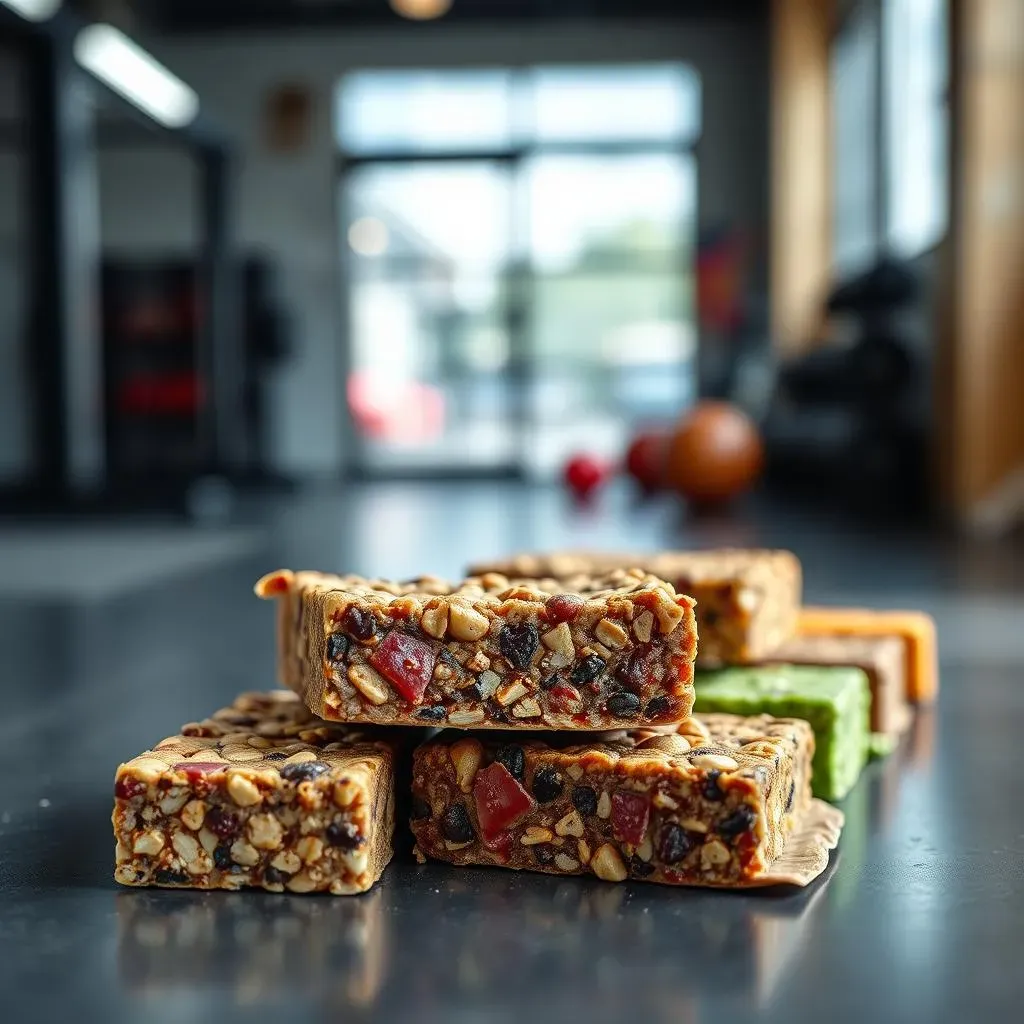Table of Contents
Are you searching for a delicious and convenient way to boost your protein intake without adding unwanted fat to your diet? Look no further! This comprehensive guide is your ultimate resource for finding the best low fat high protein bars available. We'll equip you with the knowledge and tools to navigate the often-confusing world of protein bar nutrition. First, we'll explore how to choose the best low fat high protein bars to suit your individual dietary needs and goals. Then, we'll break down how to understand nutrition labels effectively, ensuring you can identify truly healthy options among the many choices. Next, we'll showcase a selection of top-rated bars, highlighting their strengths and weaknesses, so you can make an informed decision. Finally, we'll discuss how to integrate these bars into a balanced and sustainable healthy lifestyle. Get ready to discover the perfect low fat high protein bars to fuel your active life and satisfy your taste buds!
Choosing the Best Low Fat High Protein Bars for Your Needs
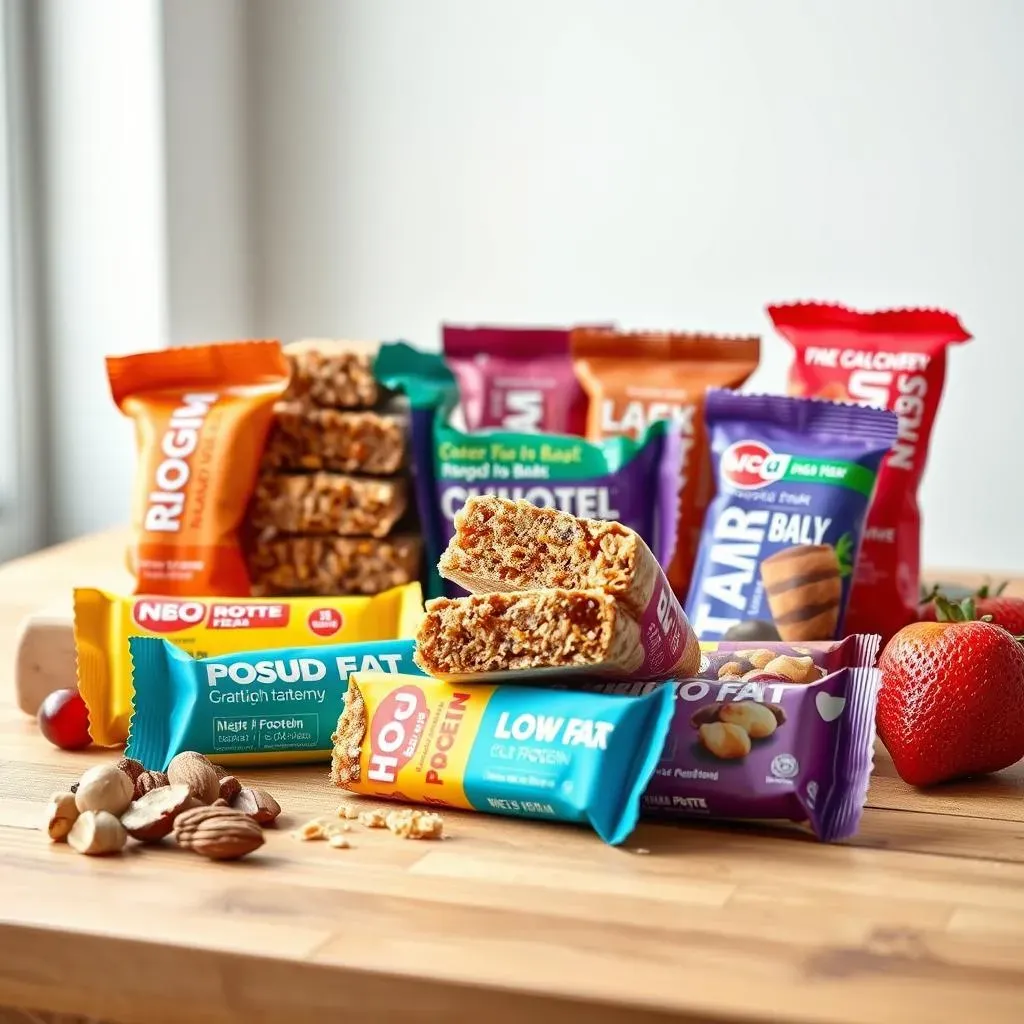
Choosing the Best Low Fat High Protein Bars for Your Needs
Dietary Restrictions and Preferences
Finding the perfect low-fat, high-protein bar often starts with considering your personal dietary needs. Are you vegetarian, vegan, or do you have allergies to certain ingredients like nuts or soy? Many brands cater to specific diets, offering delicious options that meet your requirements. For example, some bars use brown rice protein for vegans, while others rely on whey or casein for a higher protein punch. Choosing a bar that aligns with your dietary restrictions ensures you can enjoy your snack guilt-free. Remember to always check the ingredient list carefully to avoid any unwanted surprises.
Let's say you're looking for a low-carb option as well. You might want to check out our guide to low-carb, low-fat protein bars to find the best fit for you. This will help you narrow down your choices and find a bar that supports your overall health goals.
Dietary Restriction | Potential Protein Source |
|---|---|
Vegan | Pea protein, brown rice protein |
Dairy-free | Pea protein, soy protein |
Nut-free | Soy protein, sunflower seed protein |
Activity Level and Fitness Goals
Your activity level and fitness goals significantly influence your protein bar choices. If you're a serious athlete, you'll likely need a bar with a higher protein content to support muscle recovery and growth. For less intense workouts or everyday snacking, a lower protein amount might suffice. Consider the timing of your consumption too. A bar with fast-digesting protein might be ideal before or after a workout, whereas a slower-digesting protein could be better for sustained energy throughout the day. Thinking about your daily routine will help you choose the optimal bar for your needs.
If you're interested in maximizing your protein intake for muscle growth, you might want to delve deeper into high-protein, low-fat bars. These bars are specifically designed to help you achieve your fitness goals.
- High protein (20g+): For intense workouts and muscle growth
- Moderate protein (10-20g): For everyday snacking and light exercise
- Low protein (under 10g): For light snacking, not primary protein source
Taste Preferences and Budget
Let's be honest, taste matters! The best low-fat, high-protein bar in the world won't do you much good if you hate the flavor. Explore different brands and flavors until you find one you genuinely enjoy. Don't be afraid to try samples or variety packs before committing to a larger purchase. Many brands offer a wide range of flavors from classic chocolate to more adventurous options. Experimenting will allow you to find the perfect balance between nutrition and taste. Remember, consistency is key when it comes to nutrition. You're more likely to stick with a healthy eating plan if you actually enjoy the food!
Finally, consider your budget. While some bars can be expensive, many affordable options exist. Compare prices per serving to find the best value for your money. You don't need to break the bank to get a delicious and nutritious protein bar.
Understanding Nutrition Labels: Deciphering the Best Low Fat High Protein Bars
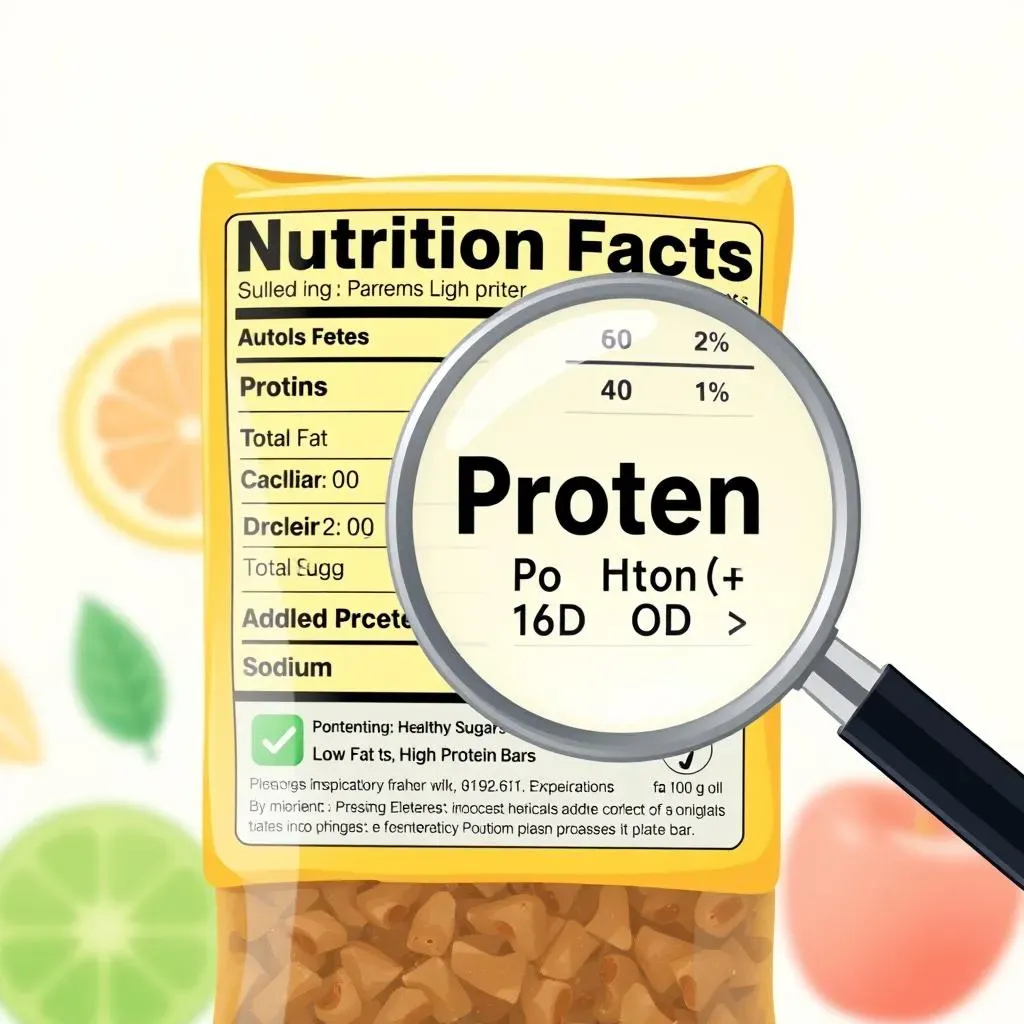
Understanding Nutrition Labels: Deciphering the Best Low Fat High Protein Bars
So, you've picked a few bars based on your dietary needs and preferences. Great start! Now, let's get serious about those nutrition labels. They're not just a bunch of numbers; they're a treasure trove of information. First things first: look at the serving size. This is crucial because all the other numbers relate to that single serving. A bar might look huge, but if the serving size is half the bar, those numbers double if you eat the whole thing! Next, check the total calories. Are you aiming for a lower-calorie snack or something more substantial? Then, we get to the good stuff: protein. Aim for at least 10 grams per serving, but more is always better, especially if you’re an athlete. Don't forget to check the fat content. We're looking for "low fat", which generally means under 5 grams of total fat per serving. Pay attention to saturated and trans fats, which you want to minimize.
Next, consider the carbohydrates. How many grams are there? And what type? Fiber is your friend here – it keeps you full and aids digestion. But added sugars are the enemy. Aim for bars with minimal added sugars. Sugar alcohols (like erythritol or maltitol) are often used in low-sugar bars. They're generally fine in moderation, but too much can cause tummy troubles. Finally, check the sodium content. High sodium isn't great for your health. Some bars have surprising amounts, so keep an eye out. You'll find the best information on low-fat protein bars here.
Nutrient | What to Look For |
|---|---|
Serving Size | Check carefully! It affects all other numbers. |
Calories | Choose based on your daily caloric needs. |
Protein | Aim for at least 10 grams per serving. |
Total Fat | Under 5 grams per serving is ideal. |
Added Sugars | The less, the better! |
Sodium | Keep an eye on this too! |
Let’s talk about ingredients. The ingredient list is just as important as the nutrition facts. A short, simple list with recognizable ingredients is a good sign. Be wary of long lists with unpronounceable chemicals. If you see things like "partially hydrogenated oil" (trans fats!), run for the hills! Also, pay attention to where the protein is coming from. Whey protein is common, but some people are sensitive to it. Plant-based protein sources like pea or soy protein are great alternatives. Finally, don't be afraid to check out reviews from other people who have tried the bars. They can often offer helpful insights into taste and texture.
Sometimes, the best way to learn is by doing. Check out these low-fat protein bars recipes to make your own perfect bar!
- Short ingredient list: A good sign!
- Recognizable ingredients: You should know what they are.
- Avoid artificial ingredients: Look for natural, whole-food sources.
- Check protein source: Whey, soy, pea, etc.
Top Picks: The Best Low Fat High Protein Bars on the Market
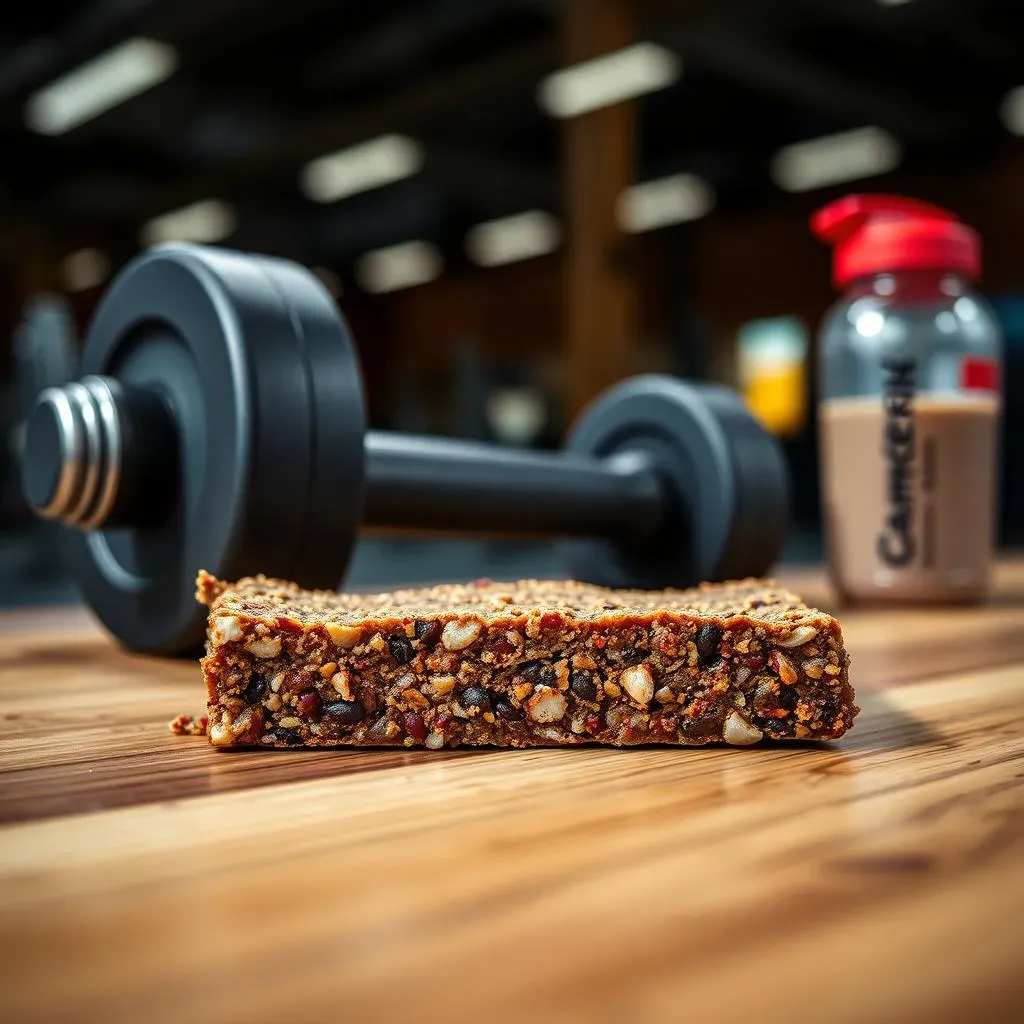
Top Picks: The Best Low Fat High Protein Bars on the Market
High-Protein Powerhouses
Let's dive into some specific brands that consistently deliver on both protein and low-fat promises. Many factors go into making a great bar, including taste, texture, and ingredients. Some popular choices focus on whey protein, offering a quick-digesting protein source ideal for post-workout recovery. Others utilize plant-based proteins like pea or soy, catering to various dietary needs. Finding the perfect bar often involves a bit of trial and error—don't be afraid to experiment!
If you're looking for a specific type of low-fat bar, you might find our guide on low-fat, low-sugar protein bars helpful. It features bars that prioritize both low-fat and low-sugar content, a great combination for those watching their sugar intake.
- RXBAR: Known for its simple ingredient list and good protein content.
- Quest Bar: Offers a wide variety of flavors and a chewy texture.
- Pure Protein Bar: A budget-friendly option with a decent protein-to-calorie ratio.
Vegan and Vegetarian Delights
For those following a plant-based diet, finding a satisfying high-protein, low-fat bar can sometimes feel like searching for a unicorn. But fear not! Several excellent vegan and vegetarian options are available, often utilizing pea protein, brown rice protein, or a blend of plant-based proteins to achieve a complete amino acid profile. Look for bars that are specifically labeled as vegan or vegetarian and check the ingredient list to ensure it's free of any animal products or by-products.
Need some recipe ideas? Try our collection of low-fat protein bar recipes! You can customize your bars to meet your specific needs and preferences.
Brand | Protein Source | Key Features |
|---|---|---|
ALOHA | Brown rice protein, pumpkin seed protein | Organic, vegan, low sugar |
No Cow | Pea protein, brown rice protein | High fiber, vegan, various coatings |
Beyond the Basics: Specialized Bars
The world of protein bars extends beyond the standard chocolate and peanut butter flavors. Many brands now offer specialized bars designed for specific needs and preferences. For example, you might find keto-friendly bars with low carbs and high fat, or bars specifically formulated for athletes with enhanced electrolytes and branched-chain amino acids (BCAAs). These specialized bars can be a great addition to your diet, but it’s important to choose ones that still align with your low-fat goals.
Looking for something different? Consider exploring the best low-fat protein bars for a broader selection of options.
Making the Best Low Fat High Protein Bars Part of a Healthy Lifestyle
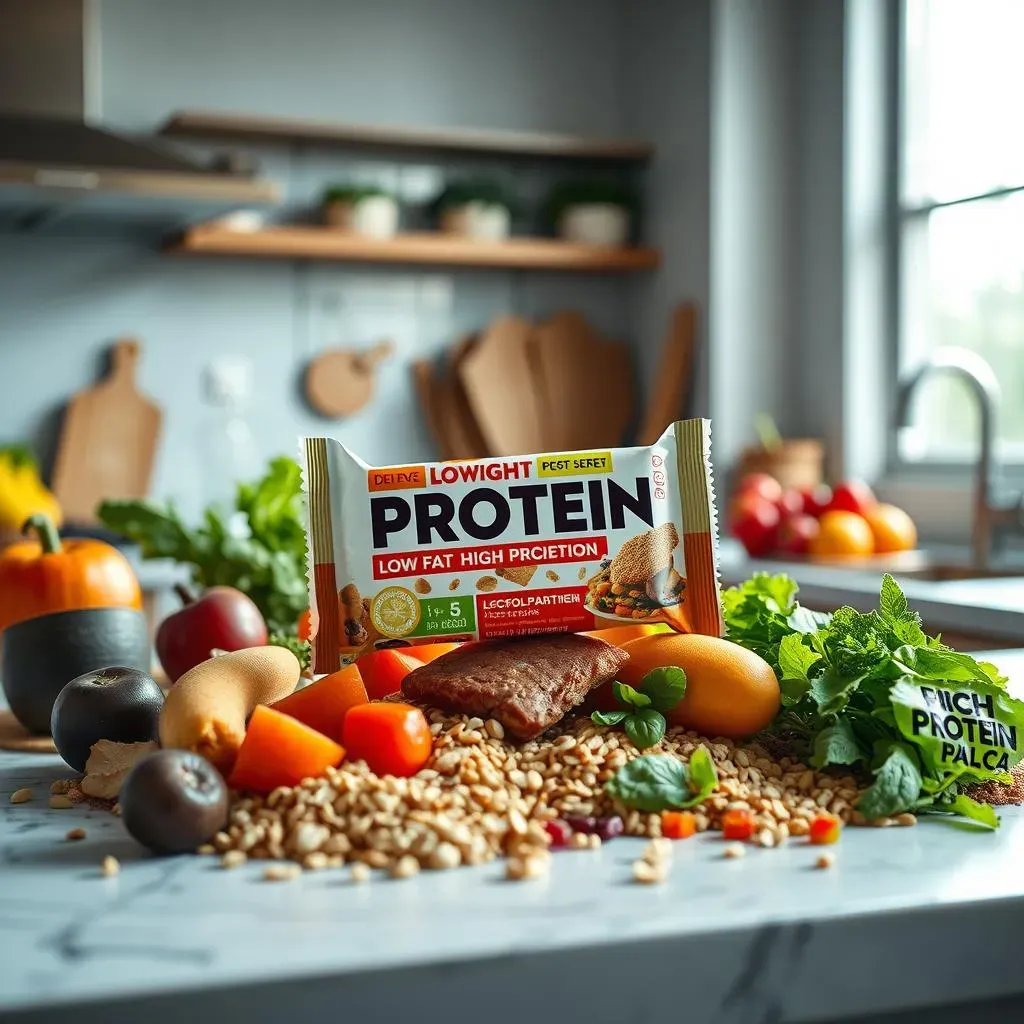
Making the Best Low Fat High Protein Bars Part of a Healthy Lifestyle
Smart Snacking Strategies
Integrating low-fat, high-protein bars into your daily routine is all about making smart choices. Think of them as a tool to help you reach your goals, not a replacement for balanced meals. A bar can be a perfect snack between meals, preventing those mid-afternoon energy crashes or late-night cravings. It's a great way to add protein to your diet without derailing your weight-loss or fitness plans. But remember, moderation is key. Don't rely on bars as your sole source of nutrition; they're best used as a supplemental snack.
For more ideas on how to incorporate protein bars into your diet, you might want to check out our guide on low-fat protein bars. This guide offers a variety of tips and tricks to help you make the most of these convenient snacks.
- Replace unhealthy snacks with protein bars.
- Use them to bridge the gap between meals.
- Pack them for on-the-go convenience.
- Don't rely on them as meal replacements.
Balancing Your Diet
While protein bars offer a convenient way to increase your protein intake, it's crucial to remember they shouldn't replace whole, unprocessed foods. A balanced diet rich in fruits, vegetables, lean proteins, and whole grains is essential for overall health and well-being. Protein bars can complement a healthy diet, but they shouldn't be the foundation. Think of them as a helpful addition, not a magic bullet. A balanced approach to nutrition is always the best strategy.
Looking for recipes to complement your protein bar choices? Check out our collection of low-fat protein bar recipes for delicious and healthy ideas.
Food Group | Benefits | Examples |
|---|---|---|
Fruits | Vitamins, minerals, fiber | Berries, bananas, apples |
Vegetables | Vitamins, minerals, fiber | Broccoli, spinach, carrots |
Lean Protein | Muscle building, satiety | Chicken breast, fish, beans |
Whole Grains | Fiber, energy | Brown rice, quinoa, oats |
